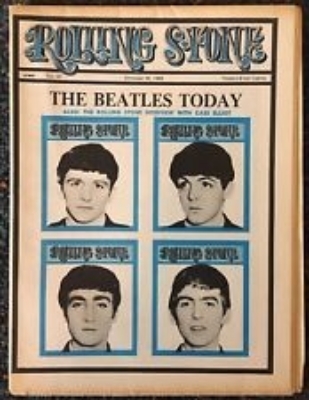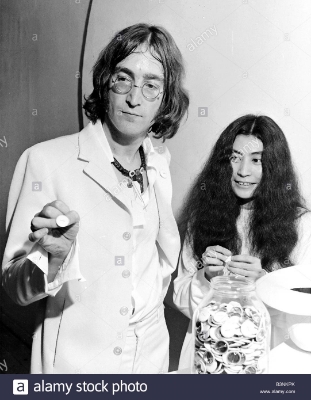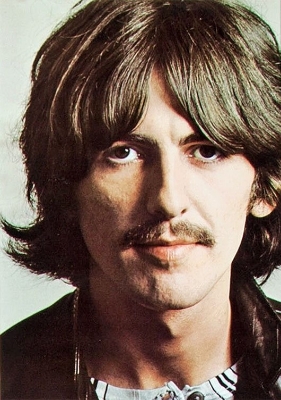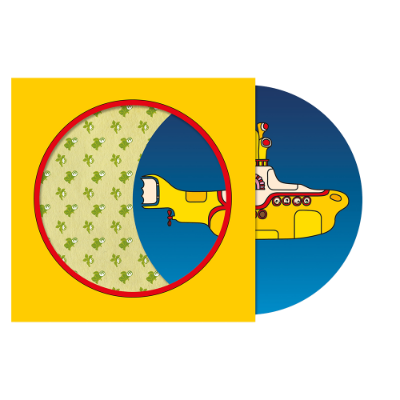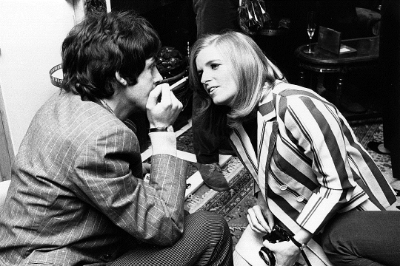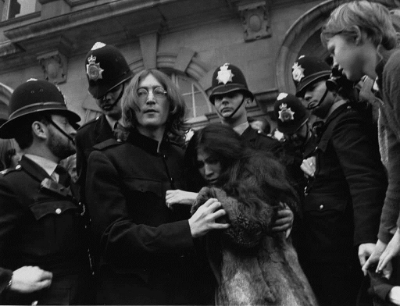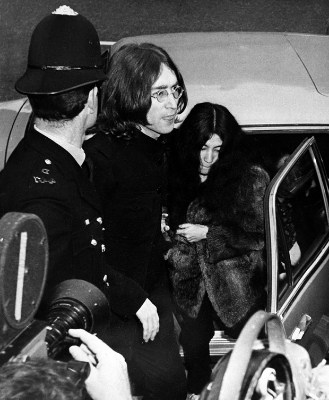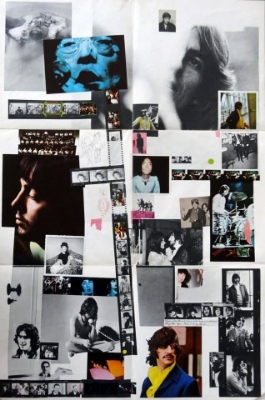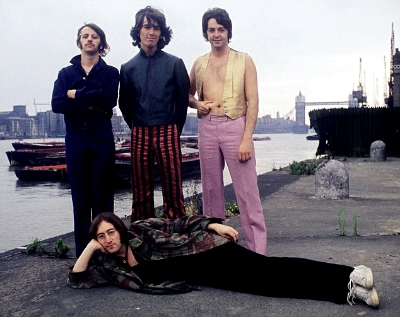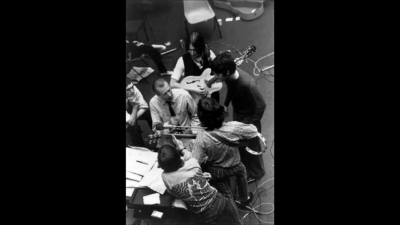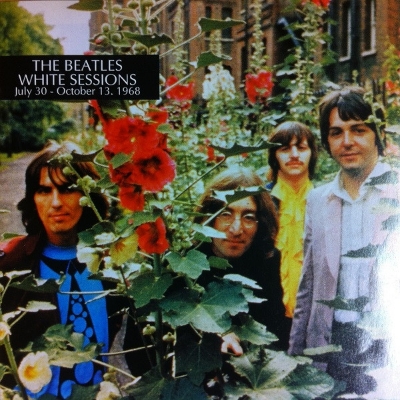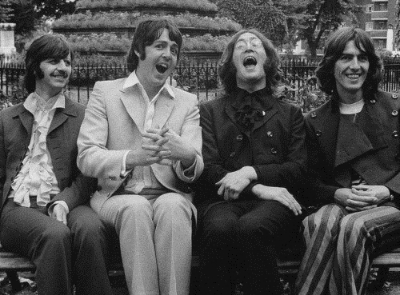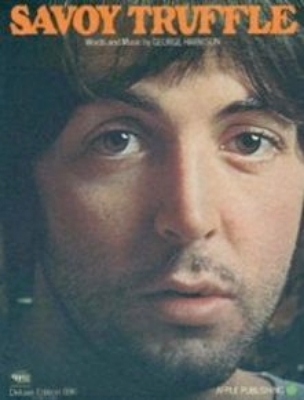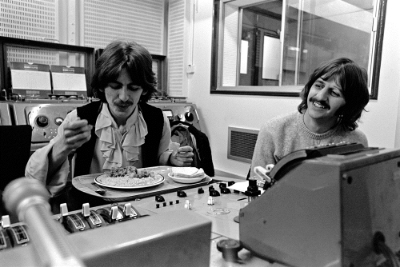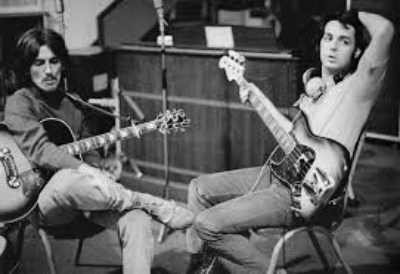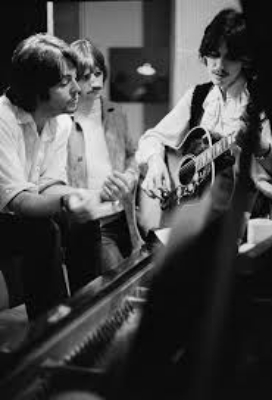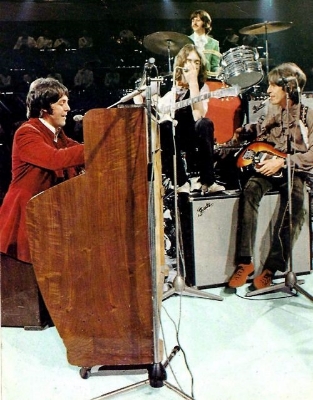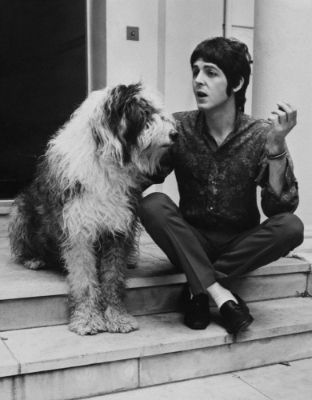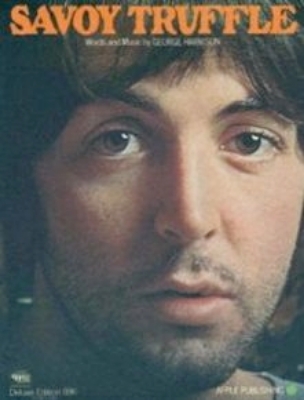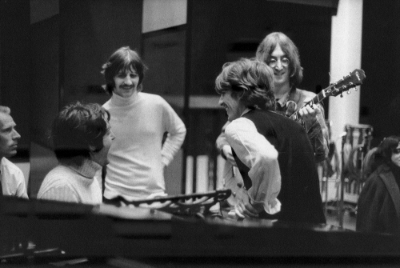Hey Jude - Number One!
Fab Four Blog
`Hey Jude' number 1, 5th week, 9th week in the Top 30 (Billboard).
The Beatles on the cover of Rolling Stone
John and Yoko announce that their child should be born in February. Unfortunately, Ono suffered a miscarriage on November 21st 1968 at Queen Charlotte's Hospital, London. The unborn child was named John Ono Lennon II, and was buried by the couple in a secret location.
Today George Harrison produced "Is This What You Want? by Jackie Lomax at Sound Recorders Studio.
Meanwhile, Stereo mixing and editing the B side of `Yellow Submarine'.
The Beatles "Hey Jude" was playing world wide and Paul McCartney was enjoying a 10-day holiday with Linda Eastman.
Studio 1. The George Martin Orchestra (41 musicians directed by Martin), re-records the B-side of `Yellow Submarine' LP.
Hey Jude is Number One!
Pauland Linda went to New York for a break after the White Album was completed.
`Hey Jude' is number 1 for the 4th week and 8th week in the Top 30 (Billboard).
Meanwhile, John and Yoko appear at the Marylebone Magistrate's Court. They are remanded on bail until a further hearing. Cover photograph of `Unfinished Music Number 2-Life With The Lions' taken. Hours later, Yoko is taken to the Queen Charlotte's Maternity Hospital.
John and Yoko are arrested for drug possession at their home near Montagu Square in London, England. The arrests came at a tempestuous time for the couple. Only days earlier, an announcement was made that Ono was pregnant, creating a scandal because both Lennon and Ono were still married to other people. Her pregnancy ended in a miscarriage a few days after the arrest.
Detective Sergeant Norman Pilcher, the instigator behind the raid on Lennon and Ono, was an anti-drug zealot who would later arrest George Harrison and his wife on similar charges. While Lennon was frantically trying to get rid of the evidence, the police read a warrant through a bedroom window and then broke down the front door. Drug-sniffing dogs found 200 grams of hashish, a cigarette rolling machine with traces of marijuana, and half a gram of morphine. However, the couple denied that the drugs belonged to them.
When the matter finally approached trial, Lennon pleaded guilty because he was worried that Ono would be deported. He was fined £150 and warned that another offense would bring a year in jail.
EMI Studios in London
George and Ringo were on a Holiday, leaving John, Paul and George Martin to complete "The White Album".
All the studio rooms were used at Abbey Road.
The day began with edits for the mono version, followed by a mono mix of Why Don't We Do It In The Road?, the last song to require a mix.
During the 24-hour session, engineer Ken Scott and tape operator Dave Harries made a copy of It's All Too Much, which had last been worked upon on 12 October 1967. It was not a contender for the White Album, however; it was to be issued in January 1969 on the Yellow Submarine soundtrack.
George Martin took a copy of the stereo master version of the White Album to be sent to Capitol Records in the USA. New copies of the mono mixes of Yer Blues and Don't Pass Me By were added to the mono master on 18 October, after which that version was complete.
On October 16th, 1968, John, Paul and George Martin met together at EMI Studios with the intention of fully sequencing the 30 songs that encompassed their newly recorded double-album “The Beatles,” popularly known as the “White Album.” This task became so daunting, in fact, that this sequencing session actually lasted a full 24 hours, from 5 pm until 5 pm October 17th – the longest ever Beatles session. With such a wide variety of musical styles among its numbers, it took a lot of thought as to what song would follow nicely after the one previous to it. With engineers Ken Scott, John Smith and Dave Harries to assist, they worked long and hard to turn this plethora of material into a presentable form.
Since the decision was made to simply title the album “The Beatles,” it may have easily been assumed by the general consumer that the album was a cohesive unit put together by four cooperative world-renowned musicians. As history testifies, this was hardly the case! In-house turmoil and bickering was at an all time high, resulting in both long-time engineer Geoff Emerick as well as Ringo himself quitting their association with The Beatles for a time during the album's sessions.
The cohesive illusion was well maintained as far as the general public was concerned, however. Upon listening to the two opening tracks of the album, for instance, what we hear are some stellar performances from all four members of the group working together beautifully. Or do we? As fate would have it, the first two tracks on the album, namely “Back In The U.S.S.R.” and “Dear Prudence,” were primarily performed by John, Paul and George, although you do hear some amazing drum work from Paul on both songs (with a little drumming assistance from John and George on the former song). Both of these tracks happen to have been recorded during a two-week period where Ringo had quit the group. On August 22nd, 1968, during rehearsals for the recording of “Back In The U.S.S.R.,” Ringo stormed off because of Paul's instruction of how to play drums on the song. With the intention of never returning, he remained away until September 4th, when he rejoined his band to film the promotional clips for their newly released single “Hey Jude” and “Revolution.” Also recorded during Ringo's absence was John's beautiful composition “Dear Prudence” which, coupled with the opening track, perfectly conveys a tight cohesiveness and amazing first impression to what has come to be known by many as The Beatles' most loved album.
Studio Two, EMI Studios in London
A session mixing "Happiness is a warm gun" into stereo and "I'm so tired" and Cry Baby Cry" into mono and stereo.
Source: The Complete Beatles Chronicle
Studio Two, EMI Studios in London
Ringo flew out to Sardinia for a two week vacation. He left the final mixing and judgement to the three remaining Beatles and the production team. This was the last session for "Savoy Truffle" being completed with overdubs of an organ and an electric piano, a second electric guitar part, tambourine and bongos. The remainder of the session was devoted to mixing "I Will, Birthday, Yer Blues, Sexy Sadie and What's the new Mary Jane going into stereo, Savoy Truffle and While My Guitar Gently Weeps into mono and stereo and Long Long Long" into mono.
Studio Two, EMI Studios in London
This was the Beatles first session on a Sunday since "Hey Bulldog". John Lennon completed the ballad "Julia". He taped it alone, the only solo Lennon recording in the Beatles Canon - by twice singing alone to his acoustic guitar accompaniment. A spot of mixing completed this session, "Julia, Dear Prudence and Blackbird" were mixed into mono and stereo, "Wild Honey Pie" and "Back In the USSR" into stereo only.
Studio Two, EMI Studios in London
Saturday night mixing with stereo and mono mixes of "Everybody's got something to hide except me and my Monkey, Mother Nature's Son and Ob-La-Di Ob-La-Da", stereo of "Helter Skelter" and mono only of "Long Long Long"
EMI Studios, London
"Savoy Truffle" still needed some finishing touches. A saxophone overdub was recorded and distorted in the control room by George Harrison. The six saxphonists were Ronnie Ross and Bernard George (George baritone). Art Ellefson, Danny Moss, Harry Klein and Derek Collins (tenor). The session then continued for another 12 hours mixing "Piggies", "Don't Pass Me By" and "Good Night".
The White Album is completed and Paul McCartney and Linda Eastman go for a 10 day holiday in New York and Jamaica before heading back to London.
Studio Two, EMI Studios in London
The session began with a stereo and mono mixing of"The Contin uing Story Of Bungalow Bill" and "Long, Long, Long".
Why Don't We Do It In The Road was completed the next day, when Ringo Starr recorded a drum part, and McCartney added more vocals, bass guitar and handclaps.
Studio Two, EMI Studios, London
A very productive session, with two John Lennon songs, "I'm so Tired" and "The Continuing Story Of Bungalow Bill" were started and completed. George's "Long, Long, Long" also received overdubs.
Bungalow Bill was a free-for-all with everyone in the studio shouting out the choruses. Yoko sang one line solo, the first and only female lead vocal on a Beatles recording. Maureen Starkey, Ringo's wife, was also one of the assembled chorale.
Studio Two, EMI Studios, London
Today's session was spent recording the basic track of another new song by George, "Long, Long, Long". In what was becoming a familiar pattern with George's songs, John was not present for the session.
The earlier part of the session was spent making tape to tape copies of the Trident mono and stereo mixes for "Honey Pie" and "Marsha My Dear" and preparing mono/stereo mixes for "While My Guitar Gently Weeps".
Source: Complete Beatles Chronicle
On sunday, October 6 1968 The Beatles were on The Smothers Brothers with the historical performance of Hey Jude. The mics were live, and ALL instruments were on tape,but it was electrifying! It was actually a recorded performance on the British DICK CAVETT SHOW, edited for overseas telecast.
Trident Studios
George overdubbing as lead vocal on "Savoy Truffle"
Trident Studios
"Martha My Dear" was almost completed today featuring Paul.
Trident Studios, London
A new song written by George, "Savoy Truffle" was inspired by Eric Clapton's love for chocolate. George, Paul and Ringo worked into the wee hours on this date.
Trident Studios, London
Paul overdubbing as lead vocal for "Honey Pie".
Trident Studios
The Beatles returned to Trident Studios to record Paul's "Honey Pie".
Source: The Complete Beatles Chronicles
Hey Jude - The Beatles
Hey Jude - The Beatles
The Beatles single "Hey Jude" hits the top of the charts, it is over seven minutes long and was the longest song ever to hit No. 1, a record it holds to this day.
- 1970
- 1969
- 1968
- 1967
- 1966
- 1965
- 1964
- 1963
- 1962

